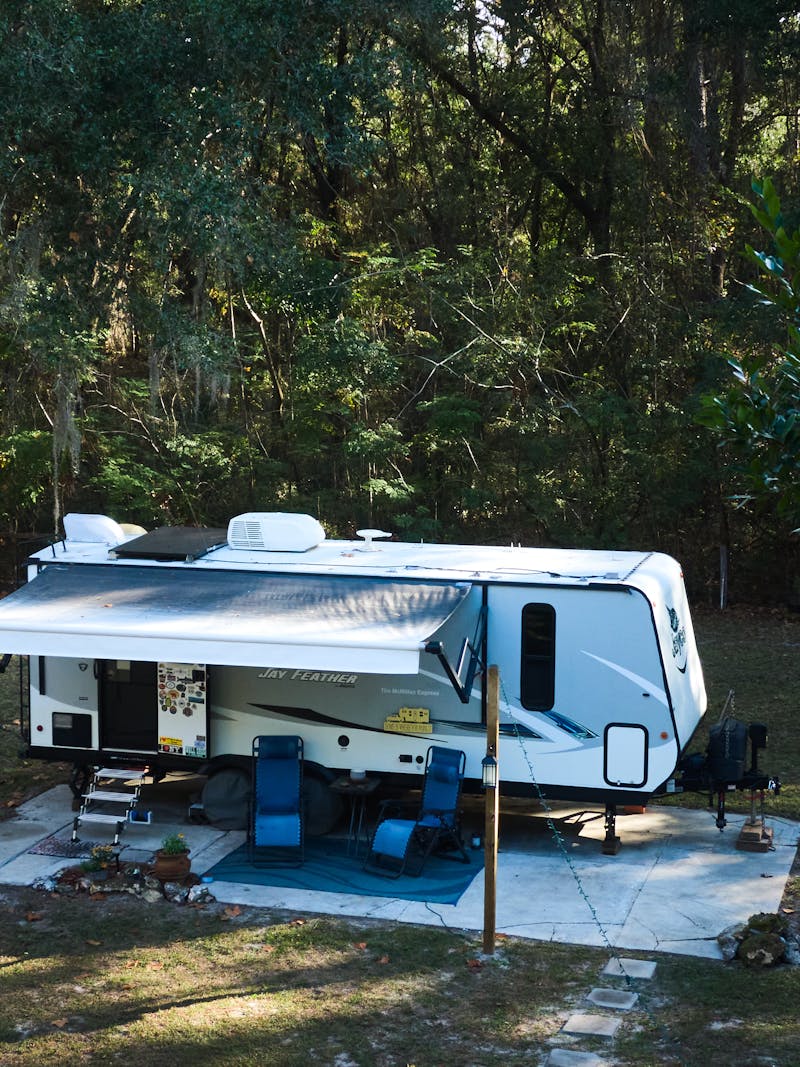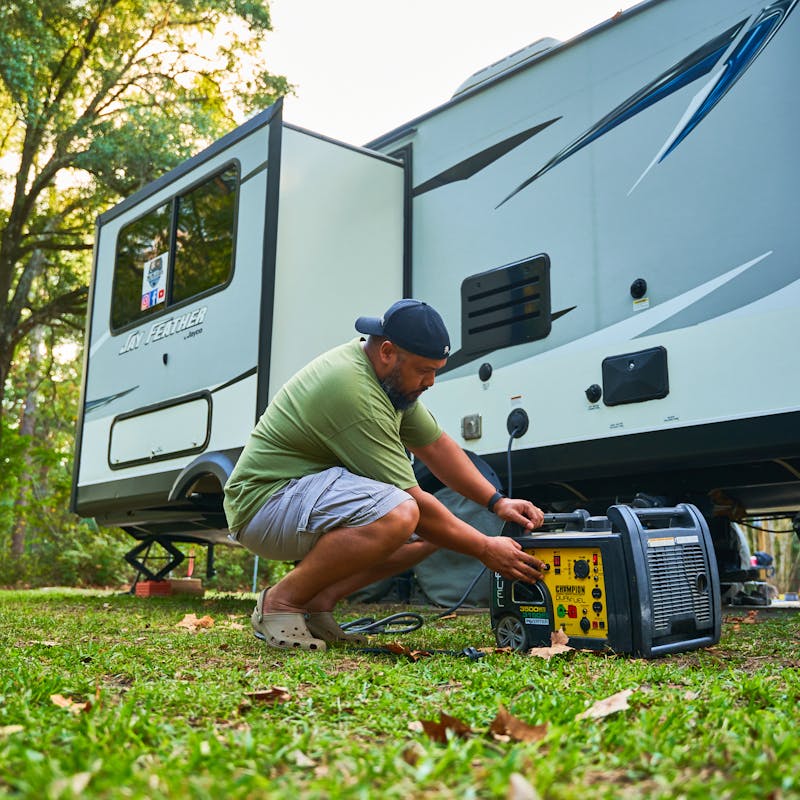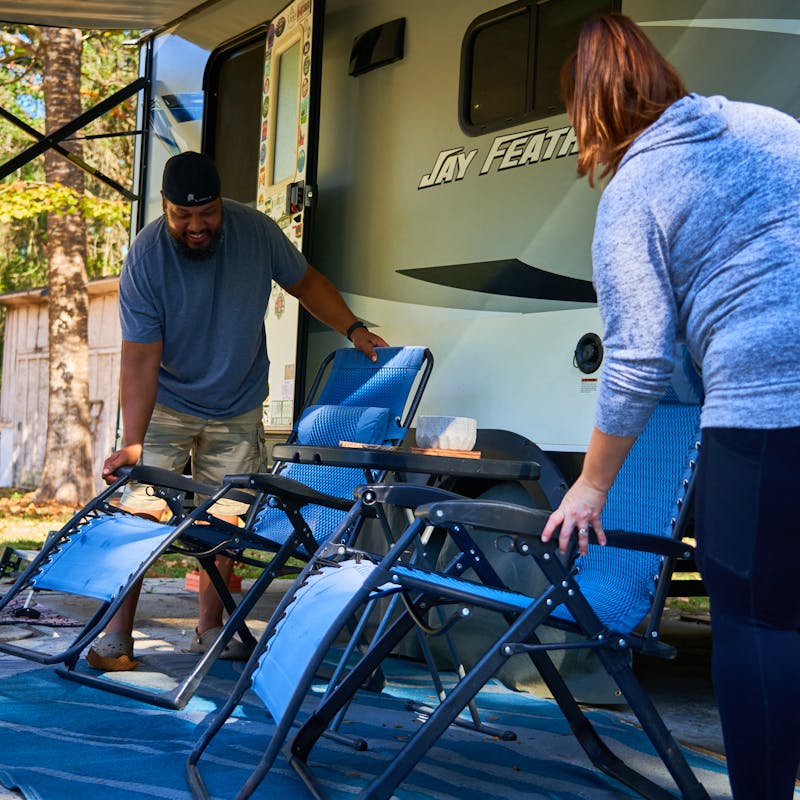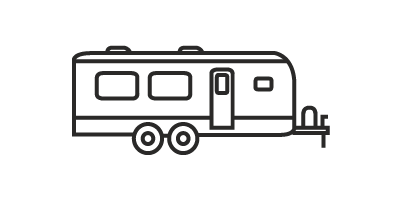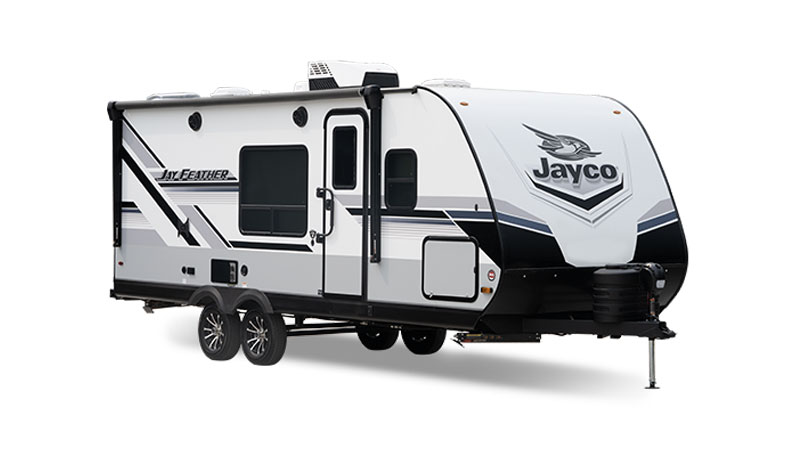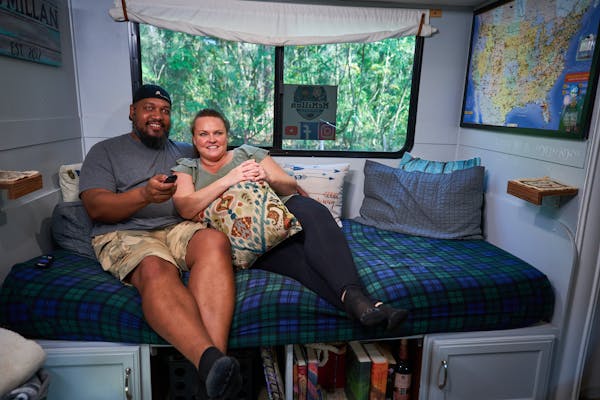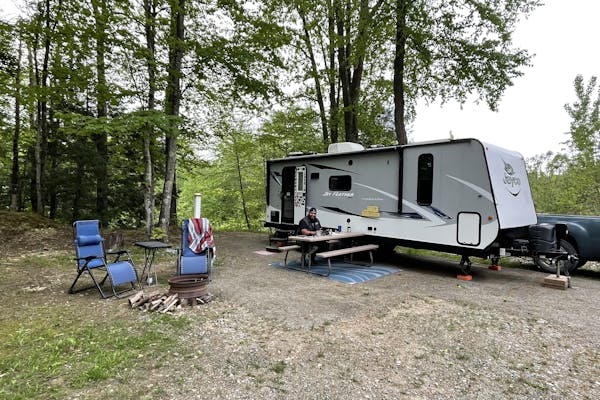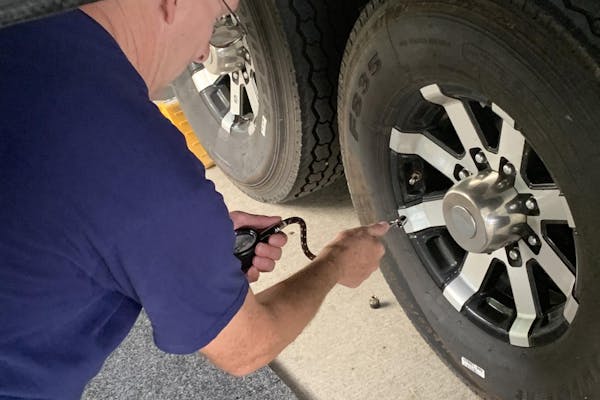Christina and Ben live a minimal and purposeful life that prioritizes adventures. Christina enjoys scenic drives, sunsets and art. Ben is more of a “watch the big game, campfire, bourbon, people person” type of guy. More than anything, they enjoy being together in their Jayco Jay Feather travel trailer and not being tied to one particular location.
Learn
How To Spend Downtime In An RV
Here’s what to do if the weather is bad or you have to stay stationary for an extended period of time.
